Wearable tech lets people monitor their health in real-time
Using a small, personalized device to access complex health information isn’t the stuff of futuristic science fiction. Here we are, with our trackers masquerading as bracelets and smart watches worthy of Dick Tracy. Technology advancements and people’s openness to them has created a burgeoning segment of
personalized health devices.
About 30% of adults in the U.S. use wearable healthcare devices, and the market is forecast to grow in coming years. Smartwatches, patches, and jewelry capture accurate, real-time data, potentially improving health outcomes. This empowers clinical decision-making and frees people from older, more complicated health-tracking methods.
From tracking fitness metrics like hours slept and calories burned, to managing chronic conditions like heart disease and epilepsy, wearable health trackers are making real-time improvements in diagnostics and patient care, and saving money for patients and their insurance companies.
“We’re seeing a dramatic shift from clunky electronics to flexible wearables that enable a future of remote clinical care,” says John Rogers, PhD, head of the Rogers Research Group at Northwestern University. His group integrates soft materials such as polymers, liquid crystals, and biological tissues with micro- and nano-electronics. The group is working on bio-integrated technologies for a wide range of applications, from the NICU to the stroke unit.
Here, we’ve broken down digital health trackers into five categories. Some of these motivate exercise and lifestyle habits, while others help diagnose, treat, and manage a broad range of medical conditions.
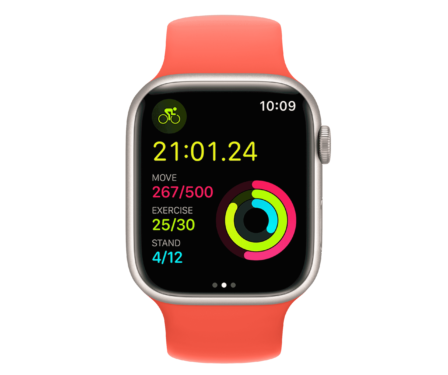
1. Smartwatches
We all know — and about 20% of us frequently use — this common form of wearable tech. Watches offer a convenient method of health tracking that works with many people’s lifestyles, exercise, and sleep habits. The data from smartwatches offer the wearer real-time information, with more detail available on a corresponding mobile app.
The continually evolving FitBit (www.fitbit.com) and Apple Watch (www.apple.com/watch) reign supreme in this area, tracking the wearer’s heart rate, blood oxygen level, and more.
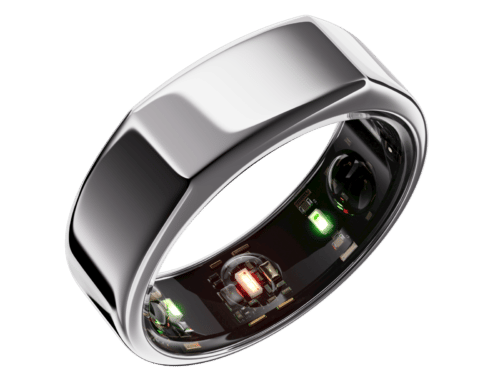
2. Jewelry
Jewelry blends fashion and functionality, providing many of the same metrics as watches in a more discreet format that pairs with a mobile app.
The Oura Ring (www.ouraring.com) is a smaller alternative to watches and can be worn during sleep to track cycles, while BellaBeat’s stylish Ivy bracelet (www.bellabeat.com) captures menstrual cycle metrics, breathing rate, and more.
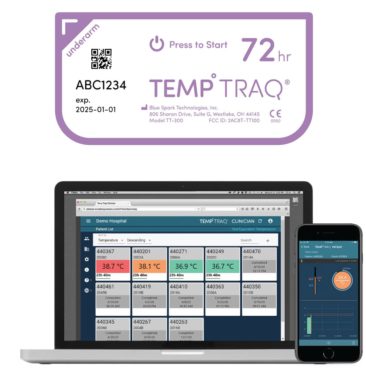
3. Patches
“The next generation of wearable technology will move beyond the wrist to relevant parts of the anatomy, enabling providers to use those metrics as the basis for clinical decision making,” says Rogers, whose research focuses primarily on making adhesive sensors for different areas of the body. Patches can be especially useful when attached to the specific body part it’s measuring, like heart monitor patches that provide EEG and blood pressure monitoring.
Zio Service by iRhythm (www.irhythmtech.com) offers a complete heart health monitoring system delivered in a single patch, while Blue Spark’s TempTraq (www.temptraq.healthcare) is the first wireless temperature patch that delivers continuous monitoring.
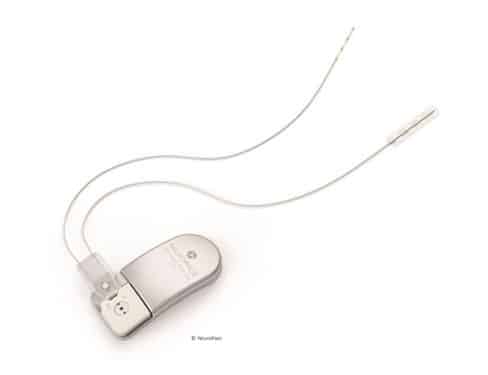
4. Implantables
Implantable technology is not new; pacemakers, for example, have been around for more than 50 years. But implantable devices are benefitting from new technology, such as artificial intelligence (AI), which can analyze data, predict outcomes, and make recommendations — often better than humans can. “AI is a powerful complement to the advances being made in hardware systems right now,” Rogers says. “There’s a great synergy there.”
NeuroPace’s RNS System (www.neuropace.com) is an epilepsy implant that monitors, records, and sends real-time data to healthcare providers. It uses this data to recognize the first signs of seizures and sends electrical pulses to prevent them before they start.
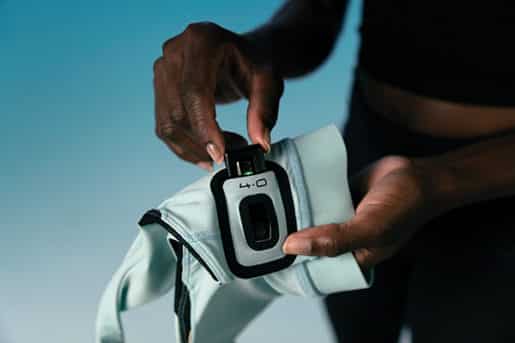
5. Clothing
Because clothing makes contact with more of the body than, say, a watch, it can provide even more accurate metrics than some devices. While the potential is there, at present we’re still far from widespread adoption.
Whoop (www.whoop.com) uses Any-Wear technology that monitors multiple points of contact on wearers’ bodies, while Athos (www.liveathos.com) employs electromyography to monitor athletes’ muscles as they exercise, using AI to make recommendations that help them avoid injury. Smart bras, like the one in development by Nextwear Technology (www.nextweartech.com.ng), have the potential to detect early signs of tumors for faster breast cancer diagnosis.
Top image: WHOOP body intimates bralette
Originally published in the Fall 2022/Winter 2023 print issue.

Valerie Nikolas is a health and wellness writer based in Chicago. She is a recent graduate of Northwestern’s Medill School of Journalism.










